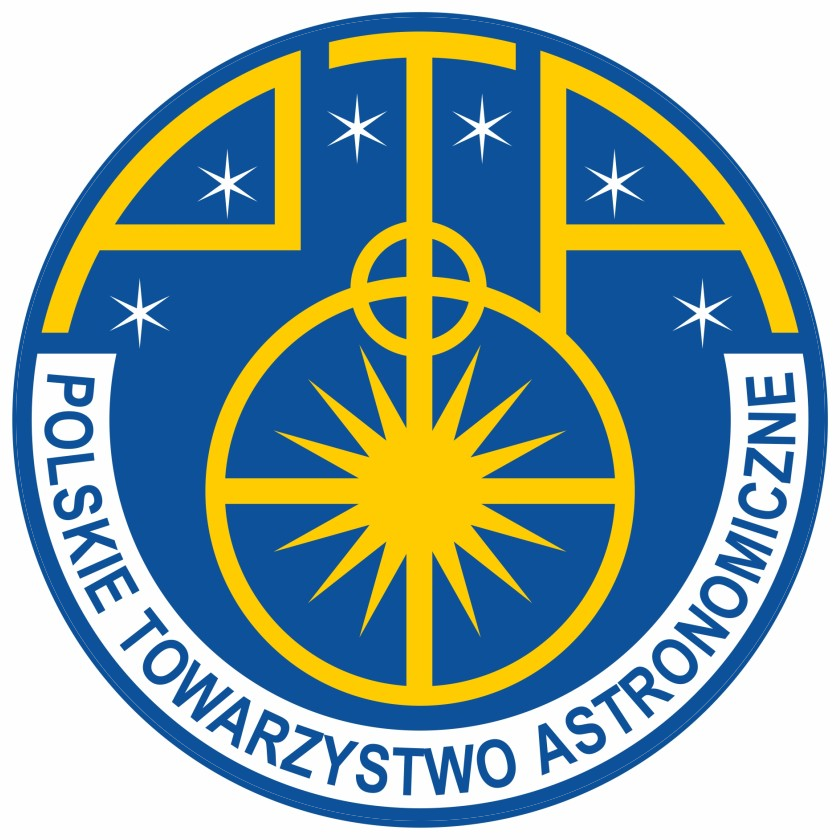Junais
National Centre for Nuclear Research
Session VII: Cosmology and evolution of galaxies
Thursday 14th September 2023 15:15 – 15:30
abstract:
Although it is recognized that low surface brightness galaxies (LSBs) contribute a large fraction to the number density of galaxies, their properties are still poorly known. For instance, LSBs are often considered to be “dust poor”. However, this assumption is based only on a few studies.
To verify this, we use a large sample of LSBs and high surface brightness galaxies with deep observational data. We study their dust properties as a function of surface brightness. Our sample, which is the largest in the literature, consists of 1631 galaxies (1003 LSBs) at z < 0.1 from the North Ecliptic Pole (NEP) wide field, with a large multi-wavelength set of ancillary data ranging from UV to FIR. We analyzed the spectral energy distributions of the sample using the CIGALE code.
Our results show that the majority of LSBs have a negligible dust attenuation (Av < 0.1 mag), except for about 4% of them that show significant attenuation with a mean Av of 0.8 mag. We found that the LSBs with a significant attenuation also have a higher r-band mass-to-light ratio than the others. These outlier LSBs also show similarity to the giant LSBs from the literature, like Malin 1, indicating a possibly high dust attenuation in them as well. Our recent deep spectroscopic measurements of Malin 1 suggest a dust attenuation of Av ~ 0.3 mag. Moreover, we also identified several LSBs with mid-infrared detections using JWST, which further confirms our estimates on the presence of dust in LSBs.
This work emphasises that the dust content of LSBs is more varied than previously thought. We found that some of the LSBs have significant attenuation making them fainter than their intrinsic value. This will have serious implications for the observation and analysis of LSBs with upcoming large sky surveys like LSST.
